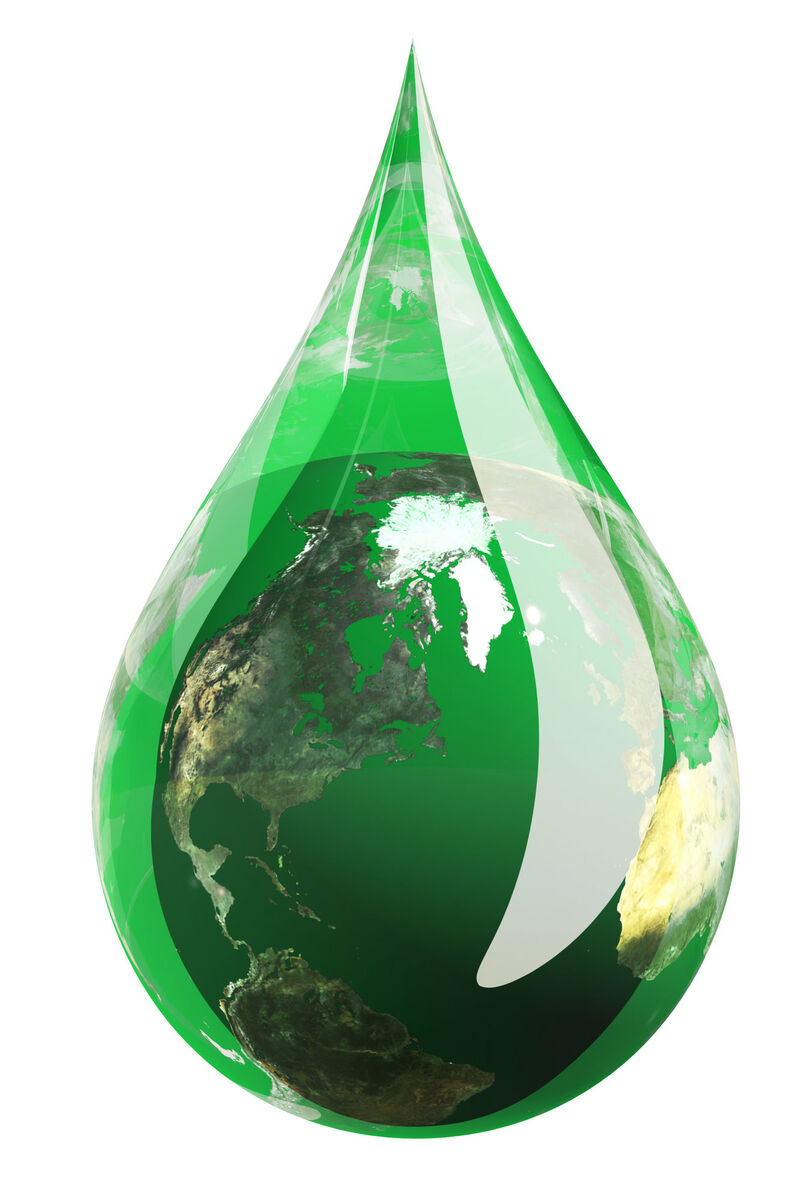
World Water Day: Engineering With Nature-Based Solutions
Each year, March 22 is recognized by the United Nations as World Water Day. It’s a day to focus attention on the importance of water. This year’s theme is Nature for Water– exploring nature-based solutions to the water challenges we face in the 21st century. A similar theme Affiliated Engineers takes while planning, designing, and commissioning projects.
Building owners are increasingly interested in reducing their water use. Their concerns rest with uncertainty about the long-term availability of water supplies in combination with the knowledge that utility rates of water, stormwater collection, and wastewater treatment have increased significantly in the last few decades and are expected to do the same in the future.

March 22 is recognized by the UN as World Water Day.

The University of Wisconsin Health at the American Center is the first LEED® 2009 for Healthcare Gold certified project in the state of Wisconsin, the highest achieving LEED 2009 for Healthcare in Wisconsin to date.
Some standard methodologies are in place to support water modeling. Much of it relies on careful benchmarking studies and on modeling tools that are ripe for enhancement. Benchmarks – whole building water use, plant materials water use needs, building occupancy and equipment schedules, and equipment specification information – can be used collectively to generate a reasonable approximation (statistically significant) of an hourly water profile. Today, many types of modeling are employed to create water balances. For example, wind speed correlation to align the data generated by using weather data to calculate evapotranspiration versus a typical meteorological year (TMY). A traditional energy model is leveraged to calculate the volume of water for reuse from cooling coil condensate. Many models are available to calculate irrigation water use. We expect that some of these will be aligned and integrated as the water modeling specialization advances.
Alignment of all these tools and their corresponding outputs is at the forefront of developing the water modeling field. Affiliated Engineers makes the best use of what is in place in our design work while using our experiences to reach towards sophistication on par with energy modeling. This challenge calls for creativity, determination and integrated design process. Specifically, we recognize that successful water modeling rests on the collaboration of mechanical, electrical, and plumbing/piping (MEP) engineering with the civil engineering, landscape design, and environmental engineering disciplines.